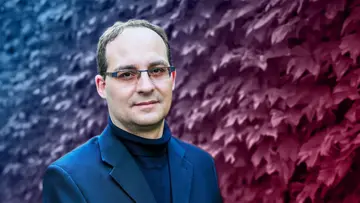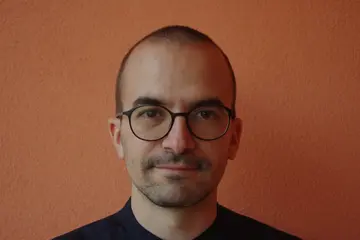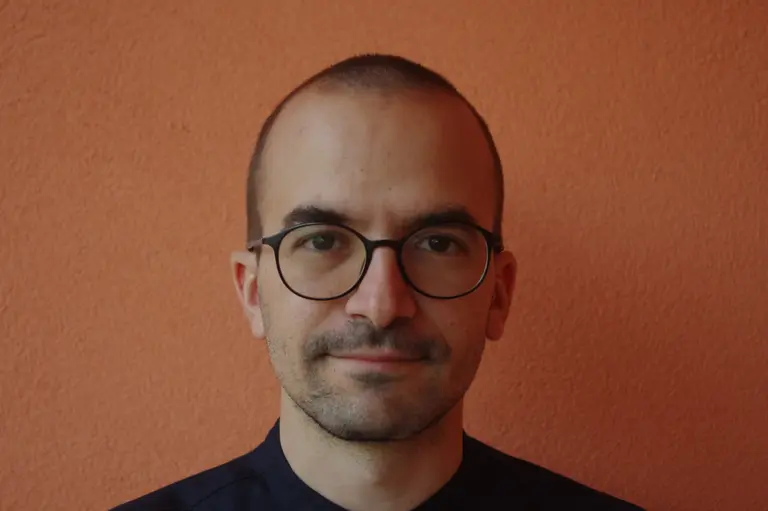
Daniele Agostini Appointed as Nonlinear Algebra Group Leader This Fall
Published Aug 4, 2020
We are proud to announce that Daniele Agostini has accepted a group leader position at MiS. He will fill the shoes of Mateusz Michałek and head a group in Nonlinear Algebra coming October. Agostini already made a name for himself at the institute during his postdoc stay in 2018. He completed his PhD thesis On syzygies of algebraic varieties with applications to moduli in 2018 at the Humboldt-Universität Berlin, where he is currently working as a postdoc in the Algebraic Geometry group.
Research
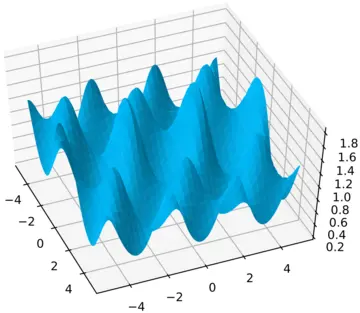
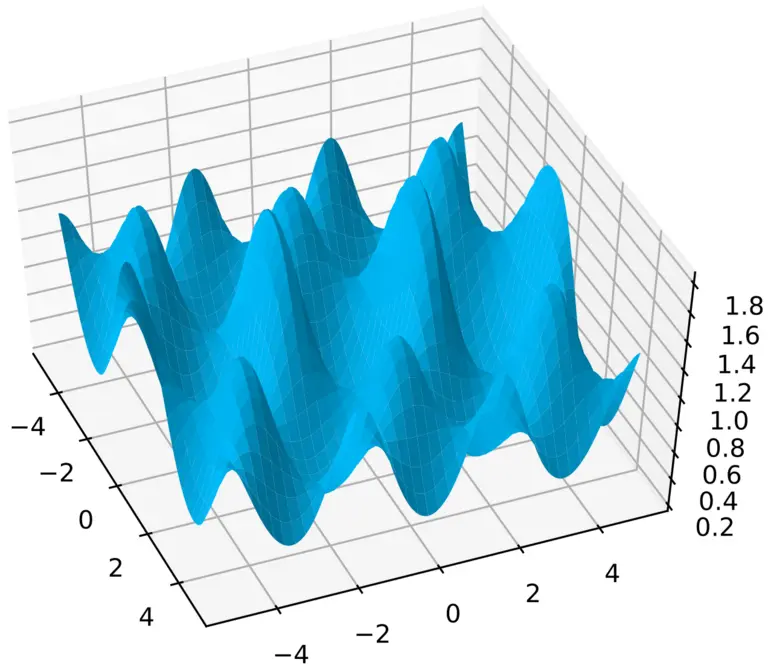
Agostini works in algebraic geometry, with a strong focus on interactions with other areas such as probability, statistics, mathematical physics and their applications. He is particularly interested in studying classical geometrical objects with new symbolic and numerical methods. Abelian varieties and applications of algebraic geometry, particularly to statistics, also hold his attention.
One of his long term projects is to develop a program to study and connect the various aspects – geometric, computational, tropical and applied – of Riemann's theta function. This is a fundamental object at a crossroad of many fields: most intriguingly it connects algebraic curves with the physics of water waves.
Interview
Why did you choose to become a group leader at the MPI MiS? What makes the institute unique for you?
The MPI MiS is the ideal environment for my research. The institute is one of the worldwide centers for the study of the connections between algebraic geometry, tropical geometry, statistics, computational methods and applied mathematics – all prominent themes in my studies. Furthermore, the many research groups and the atmosphere provide an endless source of inspiration.
Are there any big unanswered questions outside your immediate research interest, where you see untapped potential to apply your mathematical skills?
One current very interesting problem is that of post-quantum cryptography. The advent of quantum computers could make our current encryption systems very vulnerable and new paradigms are needed. One that is receiving lots of attention is that of lattice-based cryptography, which is connected to Riemann's theta function. I have encountered this theme tangentially in my research, but I would be very interested in contributing to it.
Scientific Contact
Editorial Contact
Related Content

Cleaning Services for the Institute and Guesthouse Cleaning Services for the Institute and Guesthouse
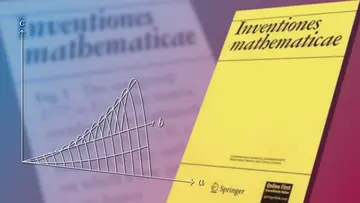
ϴ-Positivity: A Unifying Framework for Lie Groups ϴ-Positivity: A Unifying Framework for Lie Groups
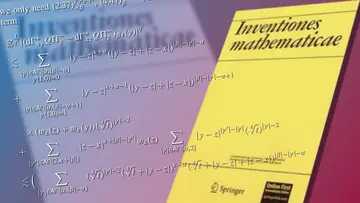
New Proof to Solve a Class of Stochastic Partial Differential Equations New Proof to Solve a Class of Stochastic Partial Differential Equations
